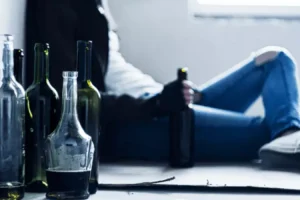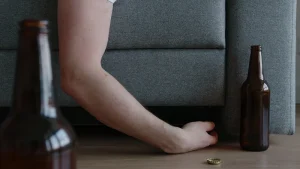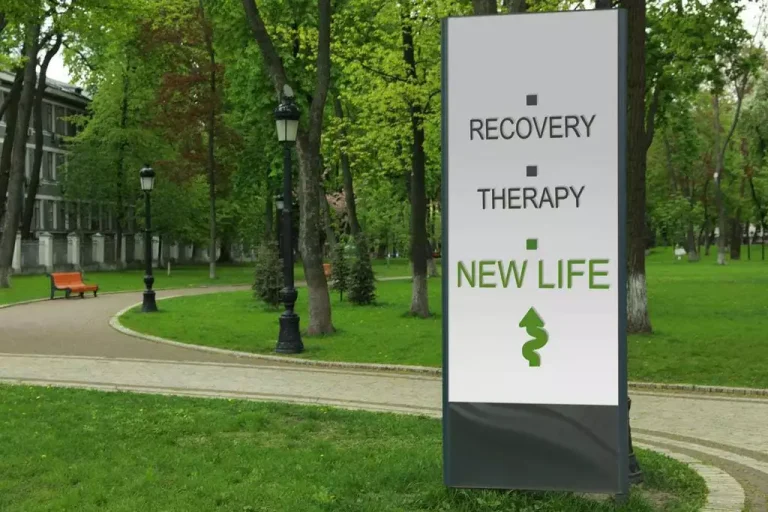
Level I recovery residences maintain a recovery-supportive culture and community using house rules and peer accountability. Recovery residences provide safe and healthy community-oriented home environments where skills vital for sustaining recovery are practiced within a community-oriented setting. The group experience within the home fosters a culture of recovery based on shared lived experience, support, and structure – this community-based approach is referred to as the Social Model and is the basis of the national Standard for recovery residences. It is important to recognize that these data do not speak to the causality of observed relationships. Nonetheless, this study provides an important foundation for future work to further investigate these characteristics and their role in recovery facilitation.
How useful is abstinence alone in understanding the effectiveness of SUD treatment?

Rizzo said buffers or walls will not stop any of the recovery residents who may relapse or suffer a mental health event from walking around the neighborhood where children live or to a school bus stop in the area. To bring expertise to the living environments focused on the whole-person approach to recovery. Our sober what is a recovery residence living homes are spacious, with plenty of room inside and out to interact with your housemates or take time to yourself. You’ll find fully equipped kitchens, comfortable common areas, and living spaces separated by gender. Arrests and drug/alcohol abstinence varied according to the house rules and policies.
FAQ about Recovery Residence Association
Criminal justice involvement was defined as any self-reported arrest over the past 6 months and employment was derived from self-reported number of days worked over the same period of time. The heart of all recovery residences is the Social Model, an operational framework that distinguishes these environments from other shared living spaces. This model emphasizes the importance of personal and collective responsibility for the safety and progressive health of oneself and others in the community.

All About Education-Based Recovery Support Services
David Lawrence has proposed landscape buffers and fencing around the proposed 24-bed residence. Since then a petition with 52 signatures of objection was submitted to the county and a website, safecollier.com, was established to garner support. By understanding the path you’ve taken to get to us, we are committed to helping you structure your life by offering the tools and knowledge to build and maintain a solid foundation in your recovery. Abstinence varied according to the price of housing and types of residents served. “Recently, we requested a continuance to ensure that we can present the strongest case possible while also providing the Collier County Planning Commission with ample time to review and discuss this critical community initiative,” he said. This scale promotes developing an environment of empathy, empowerment, and inclusivity that is vital for nurturing pathways of sustained recovery.

At The Seattle Recovery Residence Foundation, our vision is to create a world where individuals struggling with addiction and mental health issues have access to compassionate, medically assisted treatment, and stable housing in a safe neighborhood. As a 501(c)(3) organization, we are committed to working towards this vision with kindness, support, and understanding. Recovery residences, formerly known as sober living homes, are privately-owned homes or complexes that provide housing for adults with a substance use disorder (SUD) or co-occuring disorder.
- Research shows six to 10 individuals is the maximum that can be effective in a sober home to mimic a family-like support network, he said.
- Recovery Residences are sober living environments that provide a space for people in recovery to live for short or long periods of time in an environment supportive of their recovery.
- They serve individuals that are currently receiving outpatient SUD services or are enrolled in recovery services.

Faith-Based Recovery Support
- Criminal justice involvement was defined as any self-reported arrest over the past 6 months and employment was derived from self-reported number of days worked over the same period of time.
- Our Board of Directors is composed of trailblazers in the recovery residence sector, bringing together a rich tapestry of expertise, compassion, and unwavering dedication.
- The group experience within the home fosters a culture of recovery based on shared lived experience, support, and structure – this community-based approach is referred to as the Social Model and is the basis of the national Standard for recovery residences.
- To bring expertise to the living environments focused on the whole-person approach to recovery.
- Level I Type P (Peer-run) are democratically run alcohol and illicit substance-free recovery homes.

